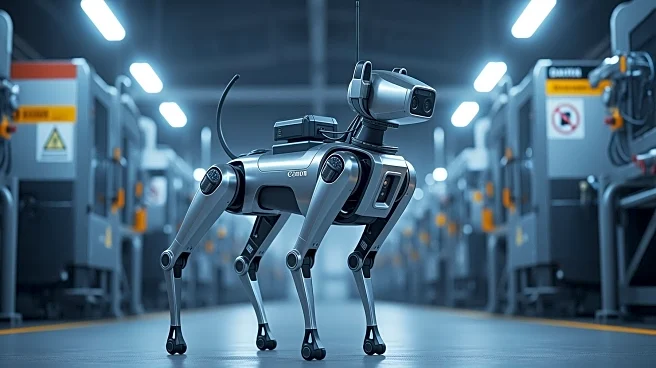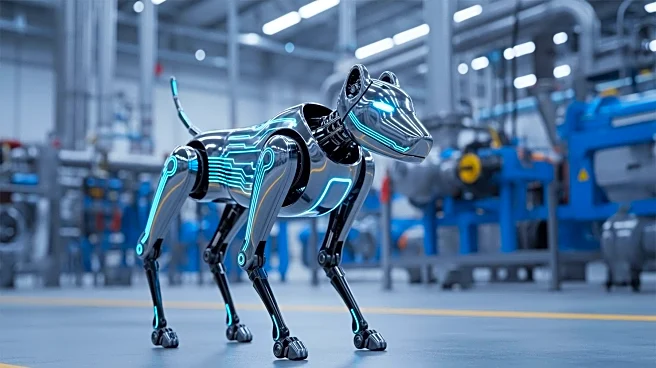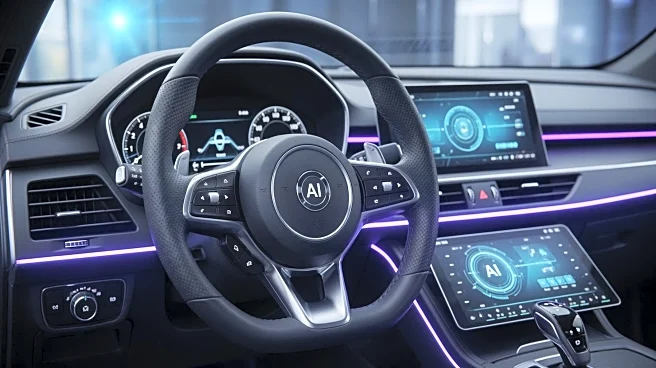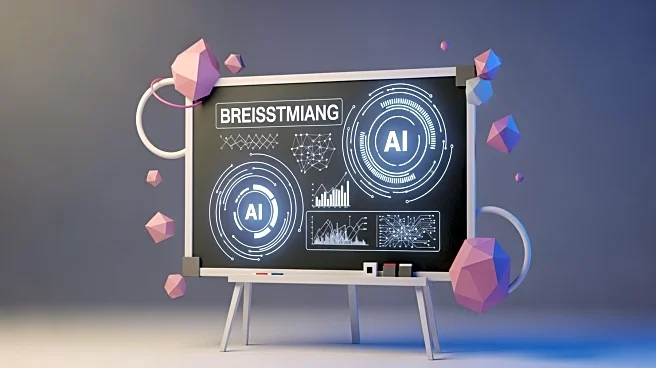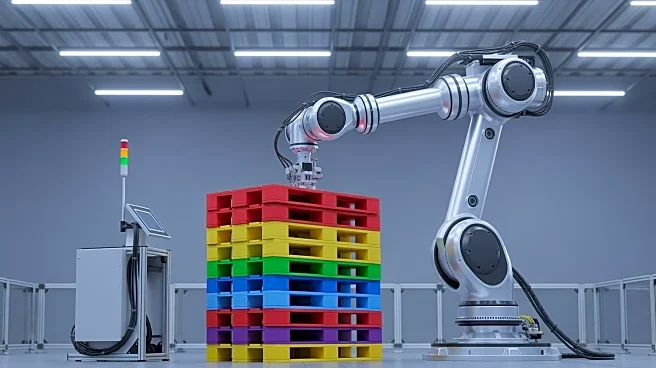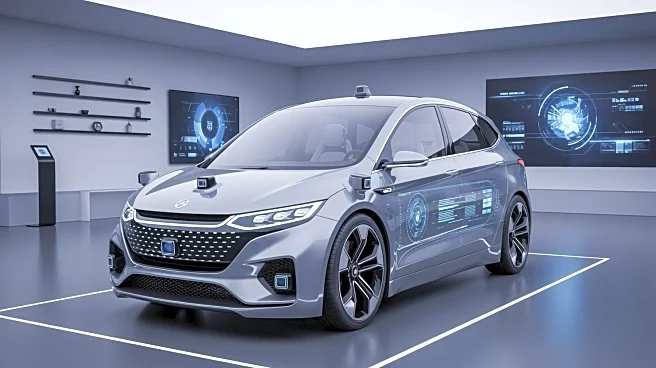What's Happening?
Recent advancements in autonomous vehicle technology have been made through the development of an improved ant colony algorithm. Originally inspired by the path-finding behavior of ants, the traditional ant colony algorithm has been used to determine
optimal paths by simulating pheromone trails. The improved version of this algorithm has demonstrated significant enhancements in path planning efficiency, reducing path length, iterations, computing time, and the number of inflection points. The improved algorithm incorporates a refined heuristic function and a pheromone regulatory factor, which together increase the convergence speed and accuracy of path finding. These improvements are expected to contribute to more efficient autonomous vehicle navigation, potentially reducing travel time and energy consumption.
Why It's Important?
The enhancement of autonomous vehicle path planning through improved algorithms is crucial for the future of transportation. As autonomous vehicles become more prevalent, efficient path planning is essential to ensure safety, reduce congestion, and optimize energy use. The improved ant colony algorithm offers a promising solution by decreasing computational demands and improving route accuracy. This development could lead to broader adoption of autonomous vehicles, impacting industries such as logistics, public transportation, and personal mobility. Stakeholders in the automotive and technology sectors stand to benefit from these advancements, as they could lead to cost savings and increased operational efficiency.
What's Next?
Further research and testing are likely to follow the introduction of the improved ant colony algorithm. Developers and engineers may focus on integrating this algorithm into existing autonomous vehicle systems, assessing its performance in real-world scenarios. Collaboration between technology companies and automotive manufacturers could accelerate the deployment of these advancements. Additionally, regulatory bodies may need to update guidelines to accommodate the improved capabilities of autonomous vehicles, ensuring safety standards are met. The ongoing evolution of autonomous vehicle technology will continue to shape transportation infrastructure and policy.
Beyond the Headlines
The improved ant colony algorithm not only enhances autonomous vehicle navigation but also reflects broader trends in artificial intelligence and machine learning. The use of bio-inspired algorithms highlights the potential for nature-based solutions in technology development. This approach may inspire further innovations across various fields, including robotics, logistics, and environmental monitoring. Ethical considerations regarding the deployment of autonomous vehicles, such as privacy and data security, will remain important as technology advances.



